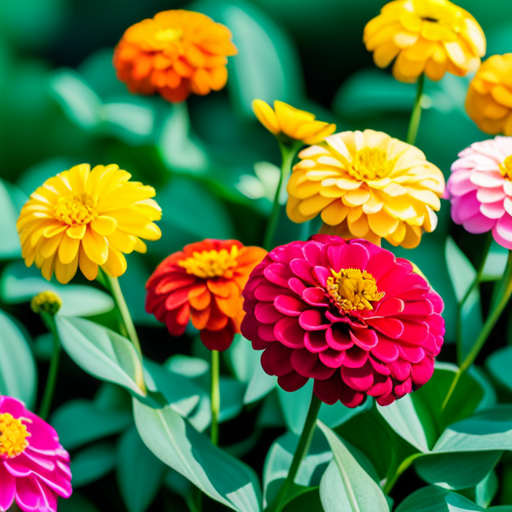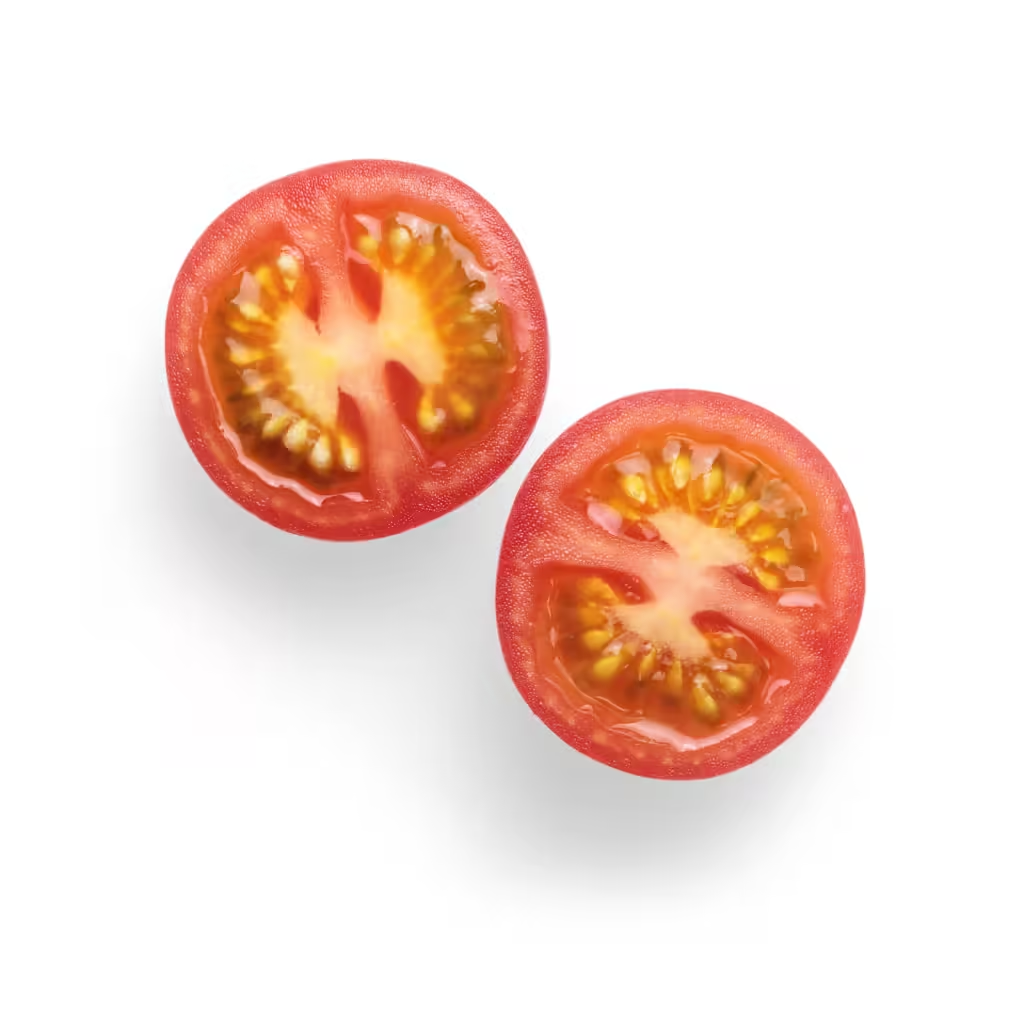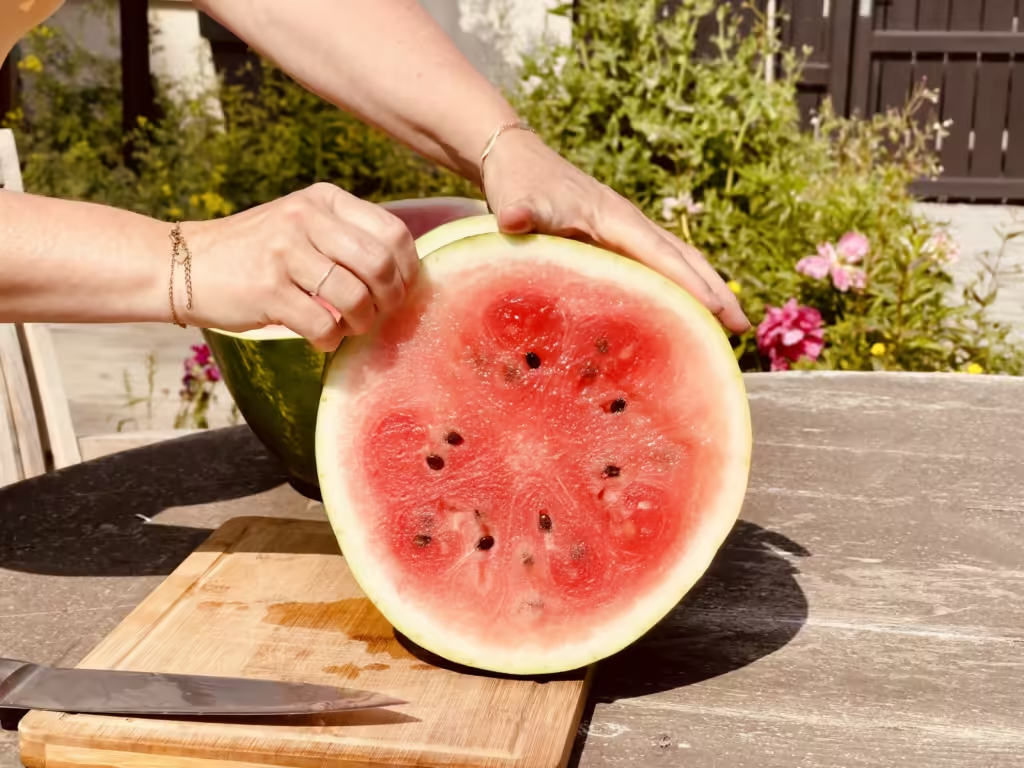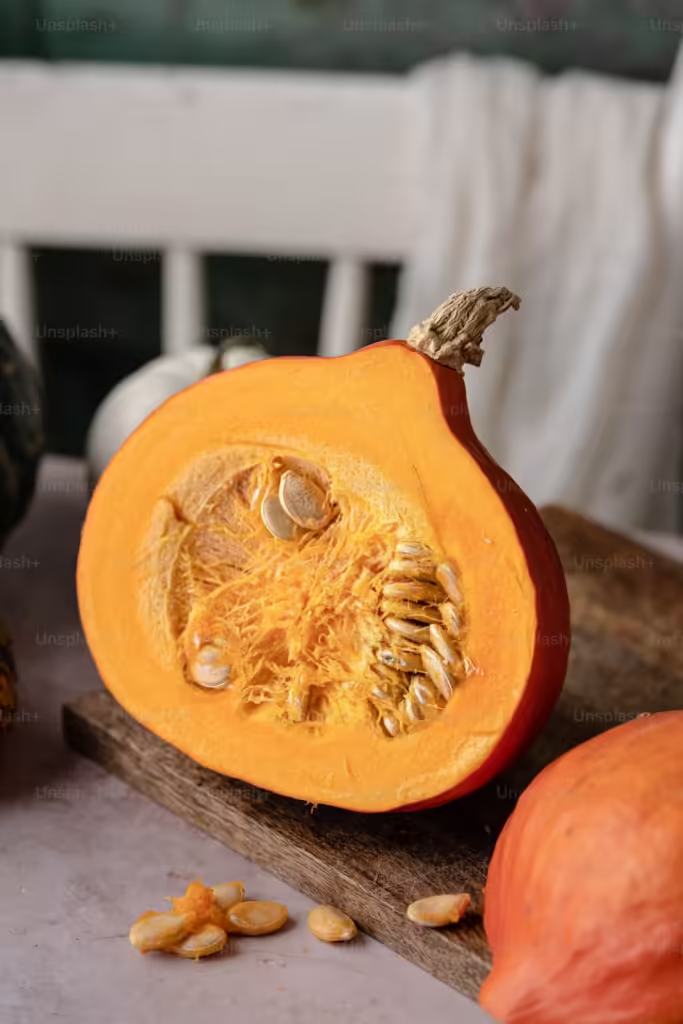
Saving zinnia seeds from your garden is an excellent way to preserve your favorite varieties for next year’s planting. This simple process not only helps you save money but also allows you to enjoy the vibrant colors and unique blooms of your zinnias year after year. With a few straightforward steps, you can easily harvest, dry, and store zinnia seeds to ensure a successful garden season ahead. Let’s dive into the process of saving zinnia seeds effectively.
Harvesting Zinnia Seeds
The first step in saving zinnia seeds involves proper harvesting. You should wait until the zinnia flowers have fully matured and begun to dry out. This typically happens at the end of the growing season, when the petals start to fade and fall off. By allowing the flowers to remain on the plant for a few extra days, you ensure that the seeds develop fully inside the flower heads.
To harvest the seeds, use a pair of sharp scissors or pruning shears to cut the dried flower heads from the plant. Choose flowers that appear healthy and are free from disease. It’s essential to collect seeds from the best specimens to ensure strong and vibrant plants for next year. After cutting, place the flower heads in a paper bag or basket to avoid crushing them during transport.
Separating the Seeds
Once you’ve harvested the flower heads, the next step is to separate the seeds from the rest of the flower. Begin by allowing the flower heads to dry completely if they are not already dry. You can place them in a warm, dry area out of direct sunlight for a few days. This additional drying time helps ensure that the seeds detach easily.
After the flower heads are completely dry, gently rub the flower heads between your fingers to loosen the seeds. You will notice small, flat, oval seeds falling out. Make sure to do this over a clean surface or a bowl to catch all the seeds. If you find any remaining petals or debris, sift through the mixture to remove them. You want to store only clean seeds, as impurities can lead to mold during storage.
Drying Zinnia Seeds
Proper drying of zinnia seeds is crucial for their longevity and viability. After separating the seeds, spread them out in a single layer on a clean paper towel or a baking sheet. Ensure that there is enough space between each seed for adequate airflow. Good air circulation prevents mold and mildew, which can compromise the seeds.
Place the seeds in a warm, dry area for about one to two weeks. Avoid exposing the seeds to direct sunlight, as this can damage their viability. Check on the seeds regularly to ensure they are drying evenly. After a week or so, gently pinch a few seeds between your fingers. If they snap easily and feel hard, they are ready for storage. If they still feel pliable or moist, allow them to dry for a few more days.
Storing Zinnia Seeds
Once your zinnia seeds are completely dry, you need to store them properly to ensure they remain viable for planting next year. Choose a suitable storage container, such as a small glass jar, an envelope, or an airtight plastic container. I like these seed envelopes, you can label each one with the zinnia variety and the date of collection. This labeling helps you keep track of your seeds and their germination rates.
Store the seeds in a cool, dark place, such as a pantry or a drawer. Ideally, you should aim for a consistent temperature between 50°F and 70°F. Avoid placing the seeds in areas with fluctuating temperatures, as this can negatively affect their viability. If you live in a humid environment, consider adding a silica gel packet to your storage container to absorb any excess moisture.
Planting Saved Zinnia Seeds
When it comes time to plant your saved zinnia seeds, you have the option to start them indoors or directly in your garden. If you choose to start seeds indoors, fill seed trays or small pots with seed-starting mix. Plant the seeds about a quarter-inch deep and water them gently to keep the soil moist but not soggy.
Place the trays in a warm location with plenty of light. If you do not have enough natural light, consider using grow lights to ensure healthy seedling growth. Zinnia seeds typically germinate within 7 to 14 days, depending on the temperature and moisture conditions. Once the seedlings develop their second set of true leaves, you can transplant them into larger pots or directly into your garden.
For more in depth post on growing Zinnias just click here.
Benefits of Saving Zinnia Seeds
Saving zinnia seeds provides numerous benefits for gardeners. First, it allows you to save money since you won’t need to purchase new seeds every year. Instead, you can grow the same beautiful varieties you love without incurring additional costs. This practice also encourages self-sufficiency, as you cultivate plants from seeds you harvested yourself.
Moreover, saving seeds promotes biodiversity in your garden. By choosing to save heirloom or open-pollinated zinnia seeds, you contribute to the preservation of unique plant varieties. This commitment to diversity helps protect the genetic resources of plants and supports a healthier ecosystem in your garden.
Tips for Successful Seed Saving
- Choose the Right Varieties: When saving zinnia seeds, select healthy, vibrant plants that exhibit the desired traits. This practice ensures that your saved seeds will produce strong, similar plants in the following growing season.
- Avoid Hybrid Varieties: If you save seeds from hybrid zinnias, keep in mind that the offspring may not have the same characteristics as the parent plant. Stick to heirloom or open-pollinated varieties for reliable results.
- Monitor for Pests and Diseases: Healthy plants produce the best seeds. Keep an eye out for any signs of pests or diseases during the growing season to ensure you harvest the strongest seeds.
- Practice Crop Rotation: To maintain soil health and prevent diseases, practice crop rotation each season. Changing the location of your zinnias helps promote strong, healthy plants.
Happy Seed Saving!
Saving zinnia seeds is a straightforward and rewarding process that enriches your gardening experience. By properly harvesting, drying, and storing your seeds, you ensure a successful crop for the next year. This practice not only saves you money but also allows you to maintain a diverse array of beautiful blooms in your garden. Embrace the joy of gardening by saving zinnia seeds and watch your garden thrive with the stunning colors and delightful forms of these vibrant flowers. Enjoy the satisfaction of knowing you cultivated your zinnias from seeds you collected, fostering a deeper connection to your gardening journey!
Please be sure to check out my Gardening Blog Post Page for more tips on all types of gardening. Including Seed Saving, Seed Starting, Orchids, Water Gardening, Coldframe Gardening, Indoor Bulb Gardening, Hydroponics, Container Gardening, Mums, Herbs, African Violets, planting Bulbs, Flower Gardening, Vegetable and Fruit Gardening, Indoor Houseplants of all kinds, Cactus, Succulents, Hanging plants, Deer resistant plants and even Bird, Bee, Butterfly and Hummingbird Gardens!



